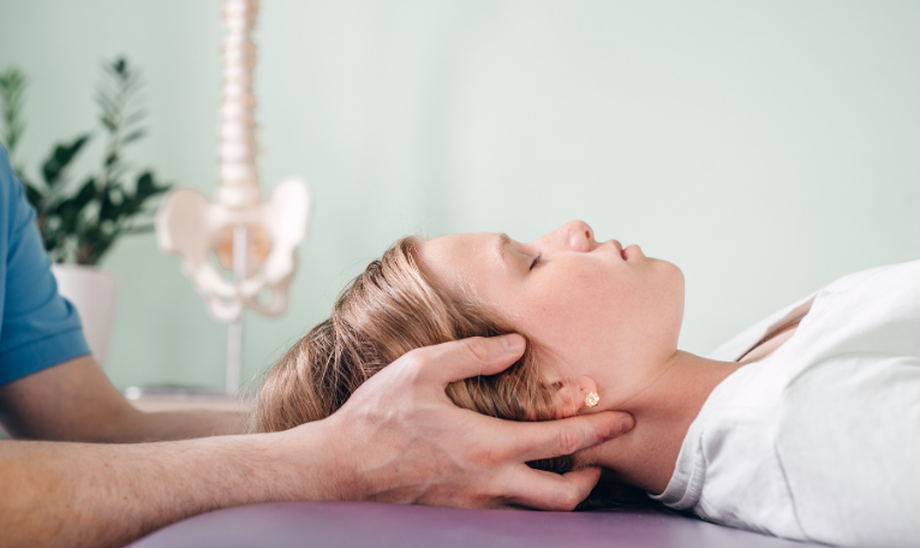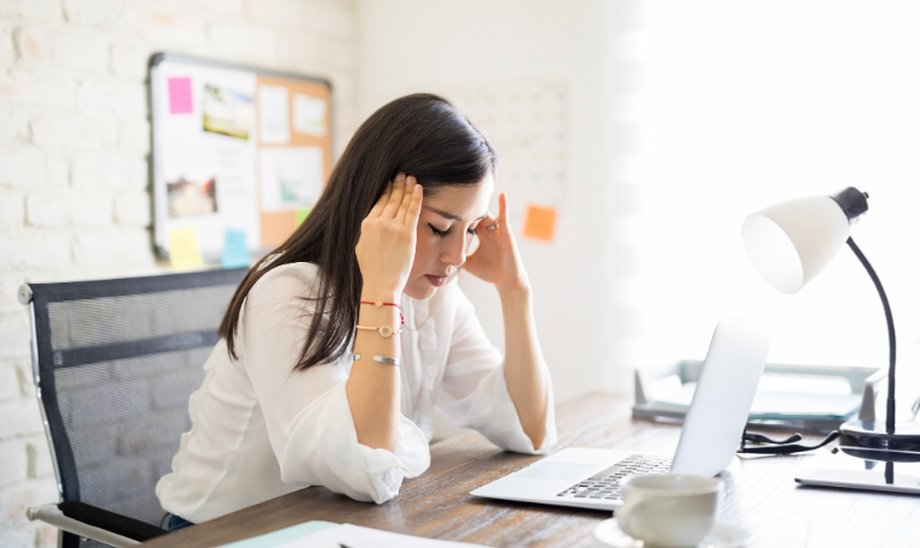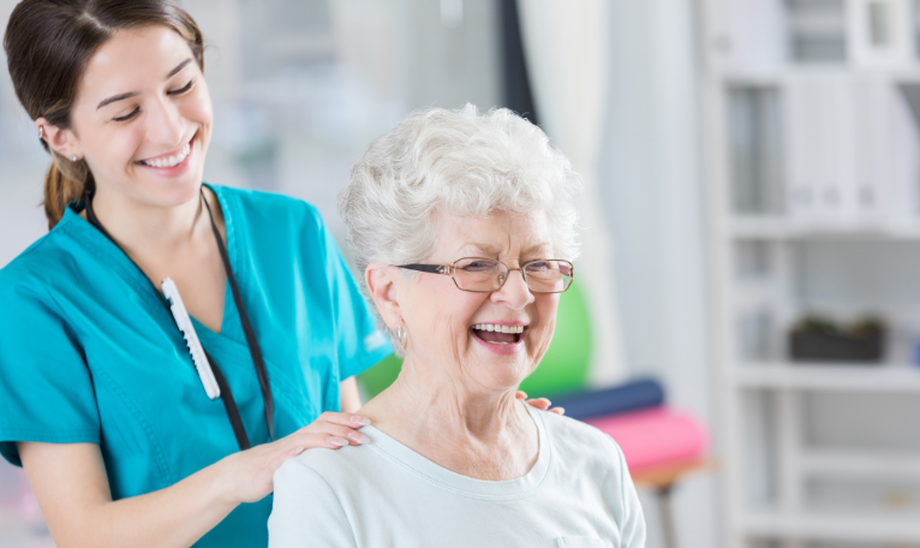-
PHONE:
+61 481 089 661 -
EMAIL:
[email protected]
|
Necks can be can be uncomfortable and painful and are a common reason for seeking treatment. If you have a painful or restricted neck how often do you notice that other areas are also distressed such as your upper or lower back or hips for example?
A long time ago as humans evolved to walk on two legs our cervical spines adapted to support our heads in the upright position. The cervical spine which consists of seven vertebrae muscles, ligaments, blood vessels, nerves and vital organs, needs to move freely to support the head, (which weighs about 3 kilos), and allow us to look straight ahead. As an osteopath according to our first principle “The body is a unit” I am interested in seeing how other parts of the body may contribute to neck pain. I am often using my hands to examine and release tension in the upper and middle ribs, upper and lower back and pelvis before working on the neck. My aim is to improve other areas that support good function of the neck and help the whole body feel and move better. Techniques I may use include soft tissue, inhibition and stretching of tight muscles, articulation of joints of the neck, ribs, shoulders and upper back and neural release of specific cervical nerves and their surrounding layers or dura. Things that may contribute to neck problems include:
Things that may assist good neck function include:
Migraine headaches are a debilitating and serious daily problem for many people. It is a condition suffered by 14 percent of the population worldwide. Symptoms of migraines include:
There are many factors known to provoke migraines including:
Migraines were traditionally considered to be due to changes in blood flow within the head and neck. However new research supports a more likely cause of sensitization or a heightened sensitivity to pain of the sensory nerves and nerve bodies of the Trigeminal nerve complex, a process found in other chronic pain syndromes. The Trigeminal nerve is the largest cranial nerve in the head that provides sensation to the blood vessels and surrounding layers of the brain. Upper neck pain is believed to contribute to headaches due to a connection between the cervical sensory nerves and the Trigeminal nerve system. Additionally there are inflammatory pathways activated that contribute to the sensitization process through provoking factors as mentioned above and in people who have a tendency to get migraines. Triggers as outlined above along with having a tendency to get migraines activates the Trigeminal pain receptors and initiates release of inflammatory mediators causing an, inflammatory response. Though migraines are a complex condition Osteopaths may help migraine sufferers by taking a comprehensive case history and assisting clients understand and manage migraine triggers. Work gently using manual therapy on your body to:
If you’re over 60 its easy to blame everything on “getting older”. That’s what everyone seems to do including doctors.
There are many difficulties that occur in the physical body with aging. Aches and pains difficulty turning your head, sciatica, stiff back, sore knees and headaches. These are some problems of getting older and you may be told that nothing can be done about it. Osteopaths may help older people. We listen to you, ask questions about old and new complaints and then assess your walking and other movements of joints such as hips, shoulders and knees. We then use our hands to work on your body. Our aim is to release tight muscles and tissues through stretching and soft tissue work and gently move joints and encourage them to move a little further. we may also use special techniques to release the nerves in the neck, arms and legs to relieve pain and improve movement and balance. Osteopaths may help older people with conditions such as:
|
AuthorMatt has 13 years of experience working as an osteopath in Hobart and Sorell, treating teenagers to older adults, and is a member of Osteopathy Australia. Archives
July 2024
Categories
All
|




